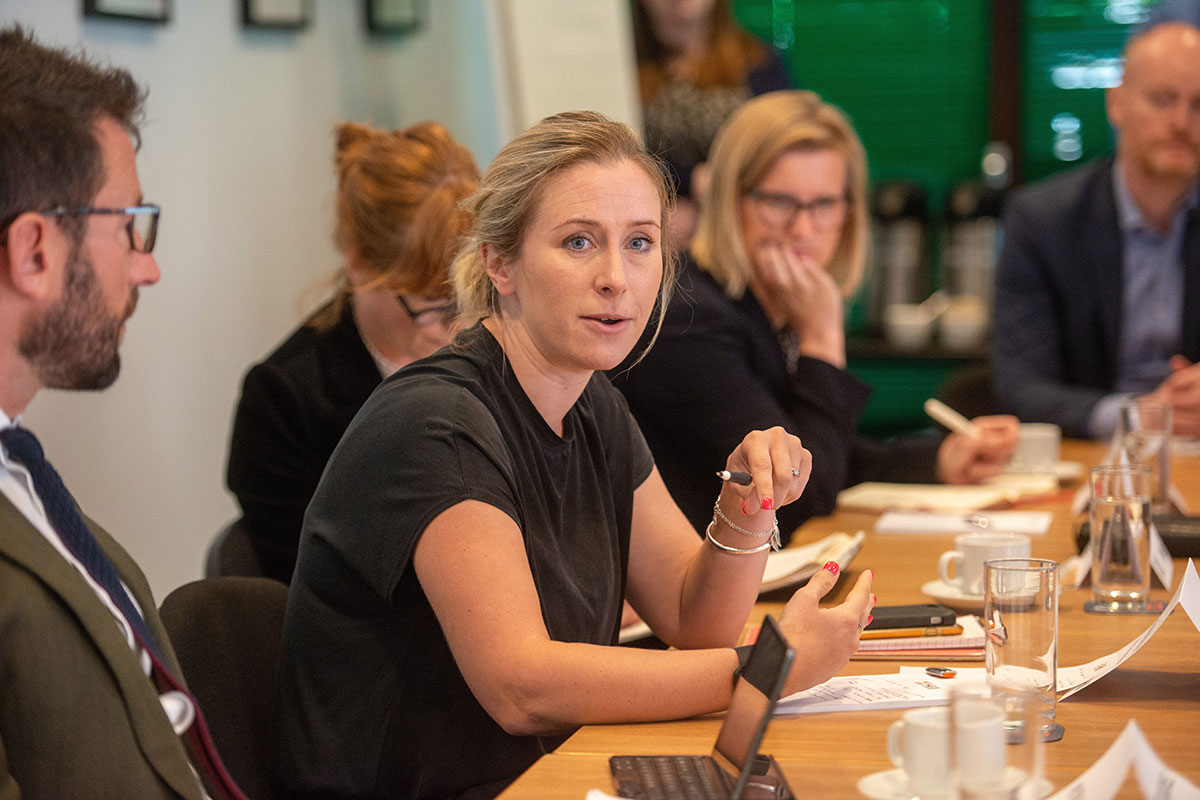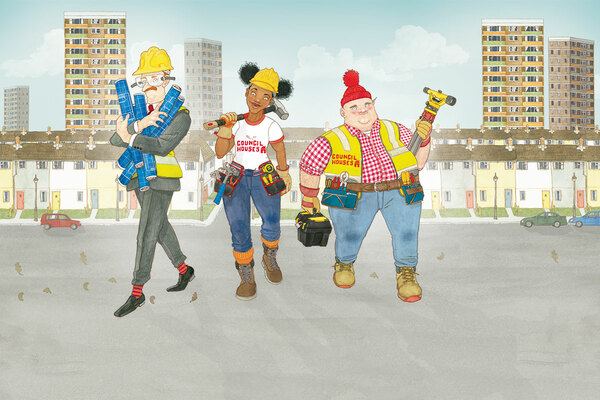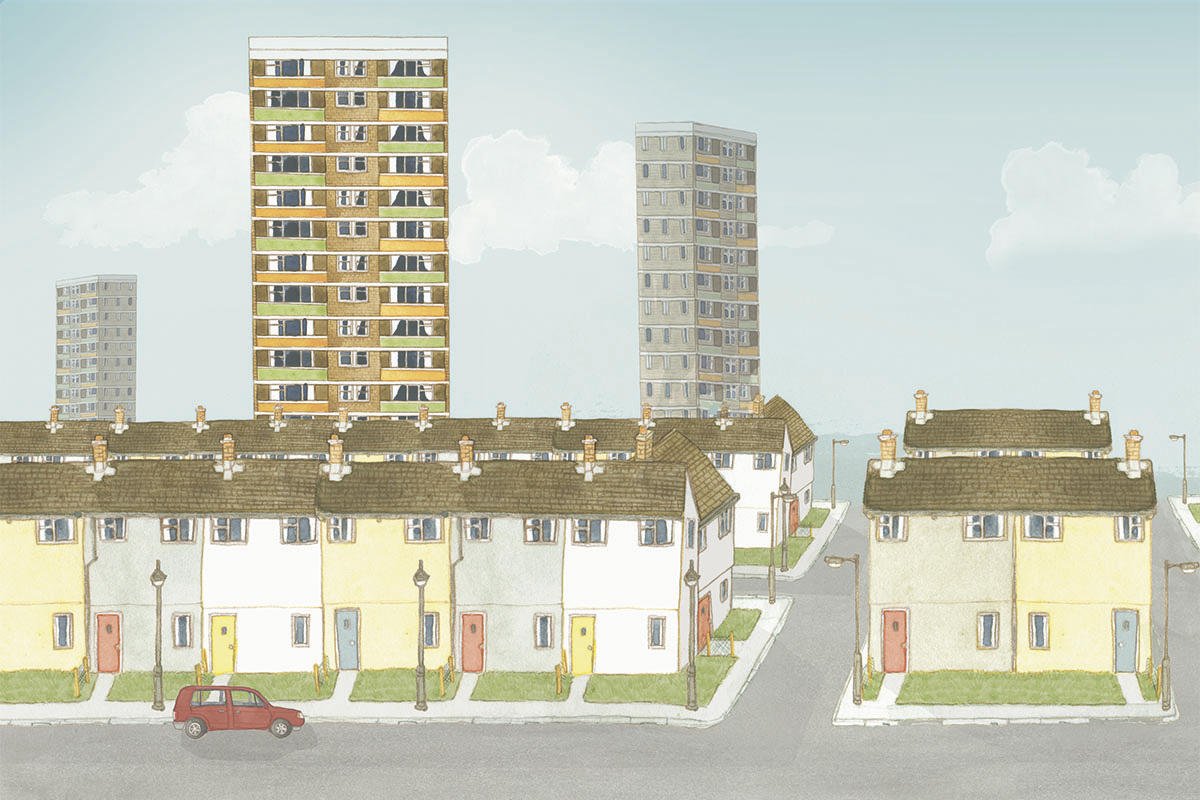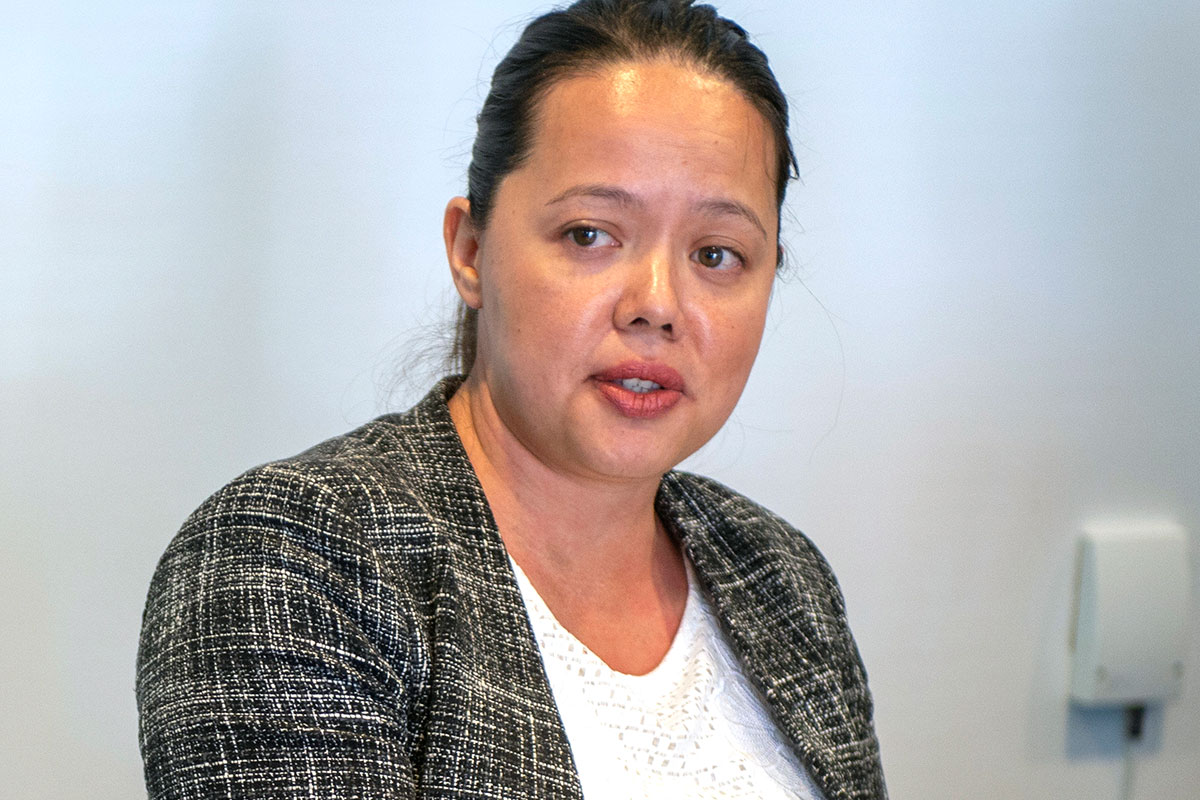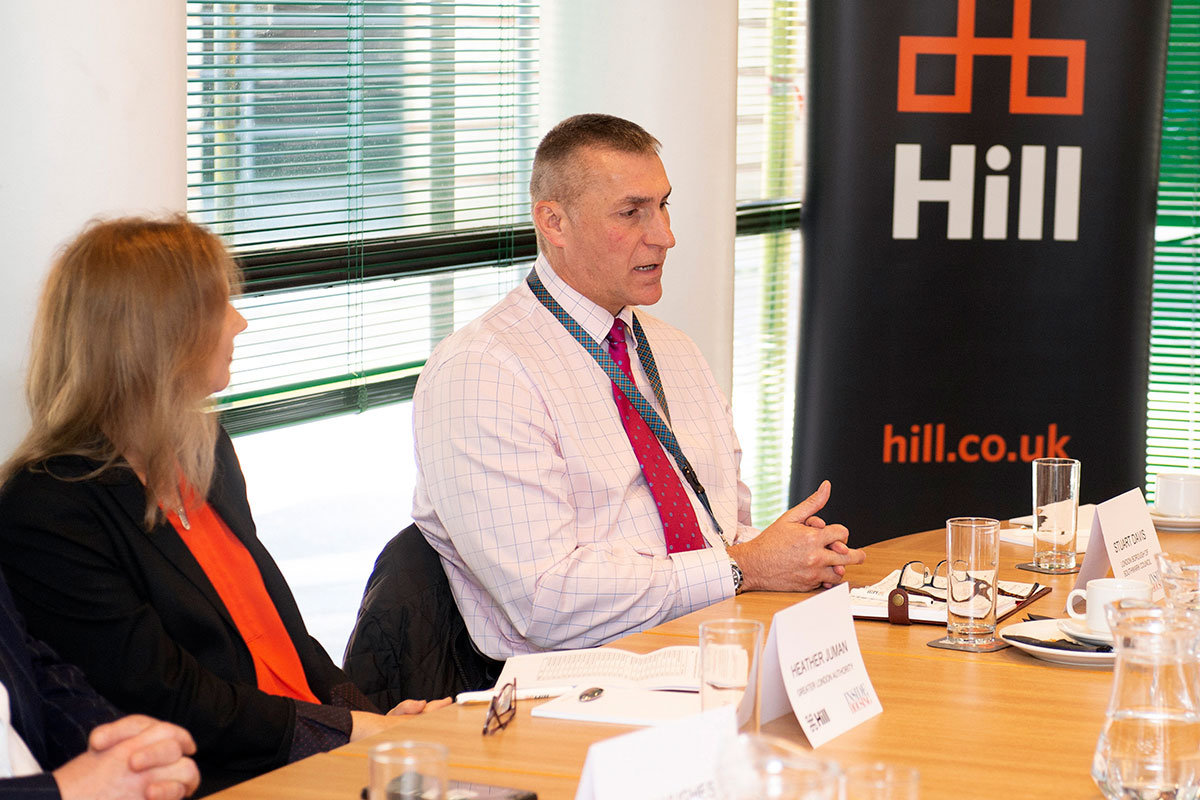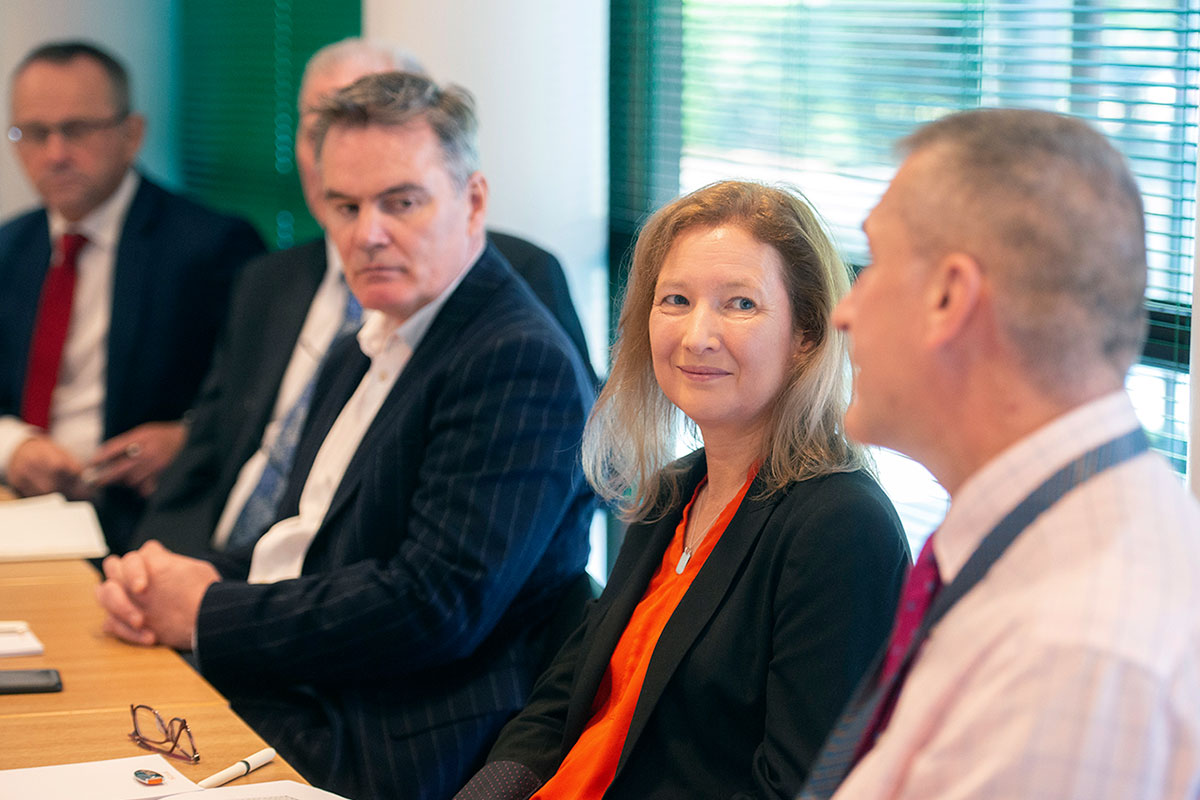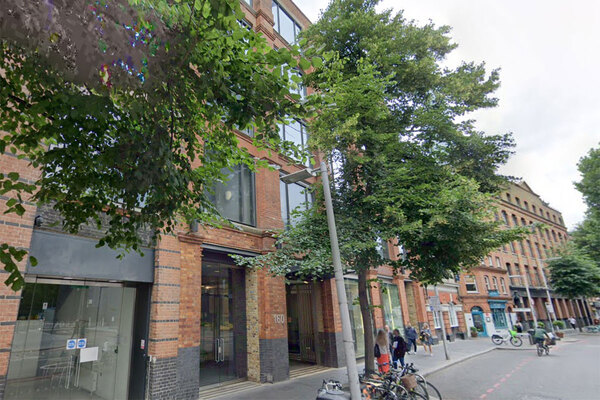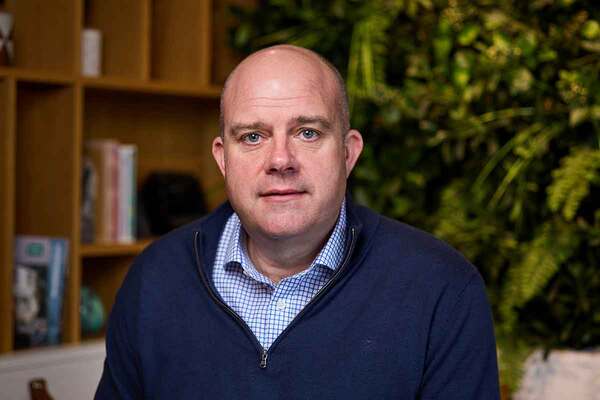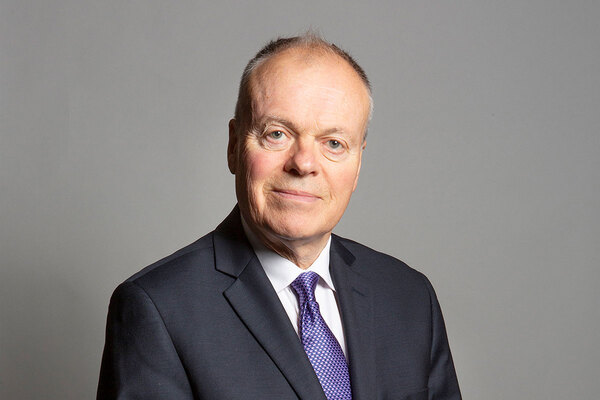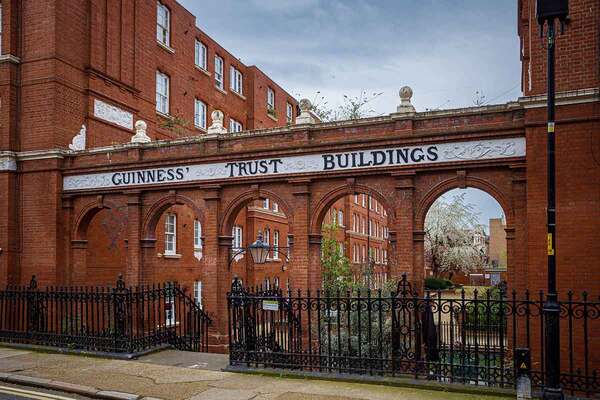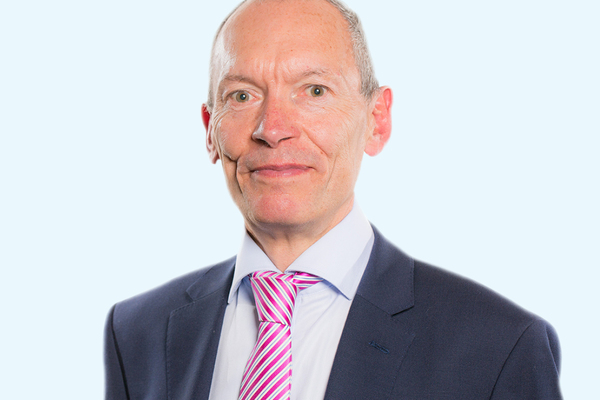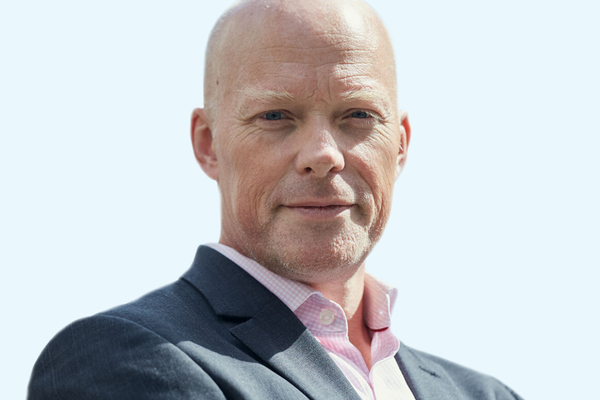A solution to building at volume
Now that many councils are building again, the next question is: how do they maximise delivery? Inside Housing held a round table to explore what partnerships are likely to emerge as a result. Photography by SWNS
In association with:

The challenge of reaching the government’s target of building 300,000 homes a year has been well documented in Inside Housing. The additional factor of the Housing Revenue Account funding cap being removed last year, which will see 94% of stock-owning councils borrowing according to research conducted by the Local Government Association, means that many councils have been exploring building again, some for the first time in decades.
Inside Housing thought it would be timely to discuss how registered providers are stepping up the pace and tackling procurement, ensuring the right skills are in place to produce good-quality homes. As many councils are entering into joint ventures, what are the necessary qualities for the relationship to successfully embrace these points?
The new community
Claire Flowers, head of housing development agency at Cambridge City Council, is presently building 500 council homes. She says: “Cambridge Council has a lot of stock that was built in the 1950s and ’60s that now needs repair and refurbishment. Should this be the priority, or building new homes? This is the question we’re trying to answer. And it’s not simply about housing people – once more properties are built, there is significant impact on infrastructure, such as new roads and bigger schools being needed.”
Richard Gormley, executive director (portfolio growth and investment) at Greenfields Community Housing, a housing association which Braintree Council transferred its housing stock to, says: “It is important that we add value to the overall picture. If we use our collective weight, we can influence the supply chain and quality, and we can do that better as a partnership than individuals.”
Waltham Forest Council has had similar conversations, says Jennifer Daothong, commercial director – housing delivery at the north-east London borough. She states: “Since I’ve been working in housing in London, we’ve been talking about how to deliver at volume and we’ve not got it right until now, when we’ve talked collectively. We’re being extraordinarily ambitious, intending to build 27,000 homes over the next 15 years. I’m interested in how we can get additionality out of our sites and we can only do that through partnerships.”
To achieve the number of homes for Waltham Forest’s growth, community and infrastructure, such as a new train line, need to be considered. “In addition, we’re looking at redundant car parks and what they are next to, to see who we can work with to bring forward available land,” says Ms Daothong.
Jennifer Daothong, commercial director – housing delivery at Waltham Forest Council
“We’ve also launched our own registered provider, Sixty Bricks, this year in response to the 8,000 households who have been waiting a long time for accommodation,” she adds. “We have skilled, talented people in our borough who want housing at a price they can afford and we don’t want them to move because we can’t offer that – we want to retain our community and build quality places that people want to stay in and not just invest in.”
Achieving through partnership
“We aren’t building quite so many properties but we’re planning 11,000 homes over the next 20 years – 2,500 by 2022,” says Stuart Davis, director of new homes at Southwark Council, who previously worked in construction.
“We’ve considered the same issue: what do existing residents gain and how can we placemake for the future? Our aim is to reduce waiting lists, however we don’t want to build quantity in a rush and to end up building rubbish.”
“There’s a tendency to focus on numbers,” says Heather Juman, head of area – south at the Greater London Authority, “but once a project has started, if you’re having honest conversations, quality becomes the issue so the numbers are not always realised.”
Neil Davis, regional development director for the South at L&Q, Richard Gormley, executive director (portfolio growth and investment) at Greenfields Community Housing, and John Hughes, group development director at Notting Hill Genesis
Peter Gladwell, heads of public sector partnerships at Legal & General, says: “We have a trillion pounds and we’re trying to put more of this in the direction of supporting the public sector in its ambition. We have an unusual role in that we often take fairly little risk and simply fund a project, while in other areas, such as recent partnerships with Newcastle and Bristol, it’s a full partnership.
“We’ve launched our own registered provider, Affordable Homes, to offer alternative options to local authorities that want to build more homes but don’t want to own them.”
Hill, a London-based, family-managed development company sponsoring the debate, is working with Cambridge Council. Ms Flowers says: “The skills for the project come from Hill and at the council, we’re making sure it is delivered. We need both sides of the partnership.”
“The key values of a partnership should be about delivering quality at decent value and ensuring all parties are gaining what they want from the relationship,” says Southwark’s Mr Davis.
Andy Hill, chief executive at Hill
“Long gone are the days when you procure the cheapest contractor and hammer them hard, so the contractor has to try to get their money back by other means, because then no one gets what they want. It’s about getting the right people together for the long term.”
The political jigsaw
How have political issues influenced working with councils, asks round table chair Martin Hilditch, editor of Inside Housing.
“It’s about stability more than changing politics,” says Mr Gladwell. “Trust is also vital: being able to communicate with a mayor and knowing where you are with one another.”
“The challenge is getting the business plan right and to understand the different roles to share the risks and control – this builds trust,” says John Hughes, group development director at Notting Hill Genesis.
Peter Gladwell, head of public sector partnerships at Legal & General, and Elena Brodetsky, head of development delivery at Catalyst
“It’s time to reset the relationship and share these aspects. Everyone needs to know what their responsibilities are and what to expect from the other party on how the funding is coming in and going out. At the moment that is unclear.”
But how do you best make the boundaries clear?
Formal legal joint ventures between local authorities and housing associations help, replies Mr Hughes. “However, most others are still using development agreements and they haven’t been able to make that step – this comes down to funding.”
Neil Davis, regional development director for the South at L&Q, says: “I agree. We need to be more inventive with our agreements with difference parties. We’re working together better and have a lot of joint ventures. A successful one has been at Barking Riverside with the Greater London Authority, who have helped to fund a new station. We have equal stakes and our relationship is making it happen.”
Neil Davis, regional development director for the South at L&Q
Other factors, such as the speed at which development is happening, are important. Elena Brodetsky, head of development delivery at Catalyst, explains: “Some contractors will make a gut decision to put in a planning application for more plots. However we have to think carefully and look at our business plan first. We’ve had to manage our joint venture partners so they recognise the pace we need to work. It’s worked because we’ve been transparent from the start and our partners have listened.”
Andy Hill, chief executive of Hill, says he can see the pace of delivery stepping up in Cambridge, in its partnership with the council. He says: “Recently, one particular site we procured between us and both invested in, from start to finish, took 14 months for 100 units. Pace and keeping the momentum are critical – this also reduces the cost across the supply chain.”
Ms Flowers adds that the council has worked at reducing the time at planning and it’s helped to have a contractor on board from the start.
Claire Flowers, head of housing development agency at Cambridge City Council
Waltham Forest Council has also restructured to help with leadership and decision-making. “Partners have to feel they’re in it together,” says Ms Daothong. “Confidence and skills make this happen. Establishing a development company means we can speak the same language as commercial companies. We’ve also set up a training academy to make sure we’re serviced by skilled people, not just on building sites but also in the back office.”
A sustainable future
Building quality isn’t simply about structure and materials but increasingly about delivering environmental objectives, too. But some of the implications of this may need more thought. Mr Hughes says: “We’re already seeing this being embedded into mainstream legislation. However, there’s a long way to go before we’re in a good position. We have a scheme in which the planning party is asking for electric charging points in the car park, which is no problem to install but the grid can’t support it.”
If we’re going to make a step change with emissions, existing stock is the focus, says Ms Daothong. “Building new stock is an opportunity to put in the infrastructure. We need to think strategically so that we can take every opportunity, such as when a road’s been dug up we can make sure we’re installing everything we can.”
John Hughes, group development director at Notting Hill Genesis, and Heather Juman, head of area – south at Greater London Authority
“Existing stock is our biggest problem,” says Stuart Davis. “We need to be mindful that we’re not building on lots of infill sites that will stop us from doing something better with existing sites. It’s about getting the mix right. We need great housing and to enhance the existing area so that everybody benefits.”
“If we’re looking to lease homes for the next 40 years then we have to think about quality and sustainability. It’s an exciting opportunity. Local authorities need to choose partners who are better aligned longer term and more patient in looking for revenue,” says Mr Gladwell.
“What I love most about my job is meeting people who have real vision and want to make a difference in a city – and I get to work with them because they need the resource to make that happen. We as a collective need to work together because we need to see homes built and to a high quality,” he concludes.
Mr Hill agrees: “We’re making places now, not just building houses. There’s more mixed use as well as mixed tenure. We’re building for a different society.”
Participants
Elena Brodetsky
Head of development delivery, Catalyst
Neil Davis
Regional development director for the South, L&Q
Stuart Davis
Director of new homes, Southwark Council
Jennifer Daothong
Commercial director – housing delivery, Waltham Forest Council
Claire Flowers
Head of housing development agency, Cambridge City Council
Peter Gladwell
Head of public sector partnerships, Legal & General
Richard Gormley
Executive director (portfolio growth and investment), Greenfields Community Housing
Andy Hill
Chief executive, Hill
Martin Hilditch
Editor, Inside Housing
John Hughes
Group development director, Notting Hill Genesis
Heather Juman
Head of area – south, Greater London Authority
